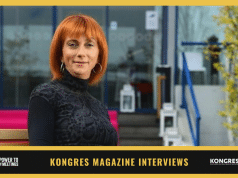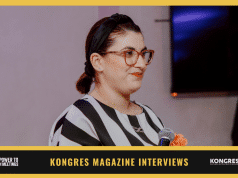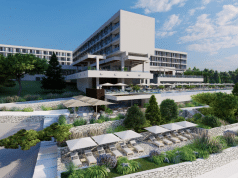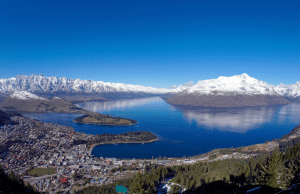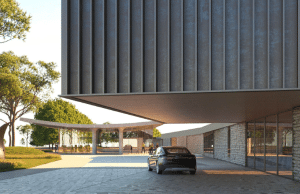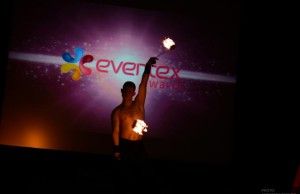Inga Hlín Pálsdóttir is the director, Marketing & Visit Iceland at Promote Iceland. She is also in the project management team for Inspired by Iceland which is a marketing campaign initiated by the Icelandic government, Promote Iceland, Icelandair, Iceland Express, City of Reykjavik and 80 other Icelandic tourism related companies.
1. What do you believe is the secret of the successful Inspired by Iceland campaign?
We had a crisis with the volcanic eruption that disrupted the lives of millions around the world. Iceland was the centre of attention and at times not for the right reasons. Therefore, relevant stakeholders in Iceland gathered together and this cooperation was vital to be able to start a campaign like this. We used stories to tell people that there has never been a better time to visit this country and asked other people around the world to tell this story for us. The success of the campaign lies in the many friends we have around the world, who were willing to share stories about their experience in Iceland.
2. Where did you get idea for such a campaign?
We knew that people who visit Iceland are more likely to want to recommend it to others compared to other countries, according to research which has been conducted. That was our key insight. We therefore decided to give people the platform to do so, to tell stories about the country and do the marketing with us. You can read some of those stories at our website www.inspiredbyiceland.com.
3. The response to your campaign has been enormous and included all types of media. How important was social media to you campaign?
At the heart of social media is storytelling. It was a natural fit as the main medium for the campaign.
4. Once you start a campaign what is most important? How do you develop it?
Everything needs to be carefully planned; each day the story told through the social media and other media is carefully selected. Target groups and markets should be identified carefully as should ways to measure the effects of the campaign. Producing the stories and other content and planning it is the key to everything.
5. By now some results of your campaign are probably visible. Could you share some of them with us?
Our main objective was to turn a huge decrease in visitor numbers to Iceland into a positive gain for the whole year. In April and May of last year bookings to Iceland had decreased seriously. The result was that we were 0.2% up from the year before in visitor numbers but that year was our best so far. In January this year we’ve had a 18.5% increase in visitors which we link directly to our campaign. Attitude research in the main target markets also show increased awareness and more positive attitude towards Iceland as a travel destination. Also, 89% of stories involving Iceland online were positive after the campaign started, which was also a huge victory for us.
6. Do you also have any data how your campaign influenced the meetings industry?
At the end of the year we focused the campaign directly on the meetings industry and the effects of that remain to be seen. We are seeing very positive results, especially surrounding the new Harpa Concert Hall and Conference Centre which opens in May in Reykjavik.
7. How to convince superiors to invest in campaign like yours?
It was so important to try to harvest all the publicity that Iceland was receiving in the world´s media. We also had our backs up against the wall; so to speak, we had to do something to let people know that Iceland was open for business. Icelanders will always stand together especially in crisis and the decision about this campaign was made within two weeks after the eruption started. The power of cooperation can also been seen through our Iceland Hour where we invited the world to Iceland with a fun video message online where 1/3 of the nation participated!
8. If someone from small destination like Slovenia would ask for advice, what would you suggest? How do you star such a campaign?
Get as many stakeholders as you can involved, focus on what you are good at and keep the message simple. For example, in Iceland the Sagas and literature play a very big role in culture and have been a part of our identity since the settlement of the country in the 9th century AD. Icelanders love to tell stories to visitors. It is our way of bringing our ancestors, their myths and beliefs to life and how they explained why things are the way they are in Iceland. This part of our culture was used in the campaign, but in a different way: we got others to do if for us. Therefore storytelling was an important part of our campaign.
9. How would you start and then develop a campaign for one destination that does not have a large budget?
Same answer as in previous question, get as many stakeholders as you can involved, focus on what you are good at and keep the message simple.
10. In Iceland you used a volcano as your marketing tool. You turned something negative into something positive. Southeast Europe has had many negative connotations. Is it also possible to turn those negative connotations to positive? How would you do that?
Maybe a way would be to focus on the people and the stories. Use the power of personal experience and persuasion to get others to complement your message wherever possible. This adds weight to the message. Believe in the power of a good story and appeal to the human element in all of us. There are certainly hundreds of positive stories for every negative one.


